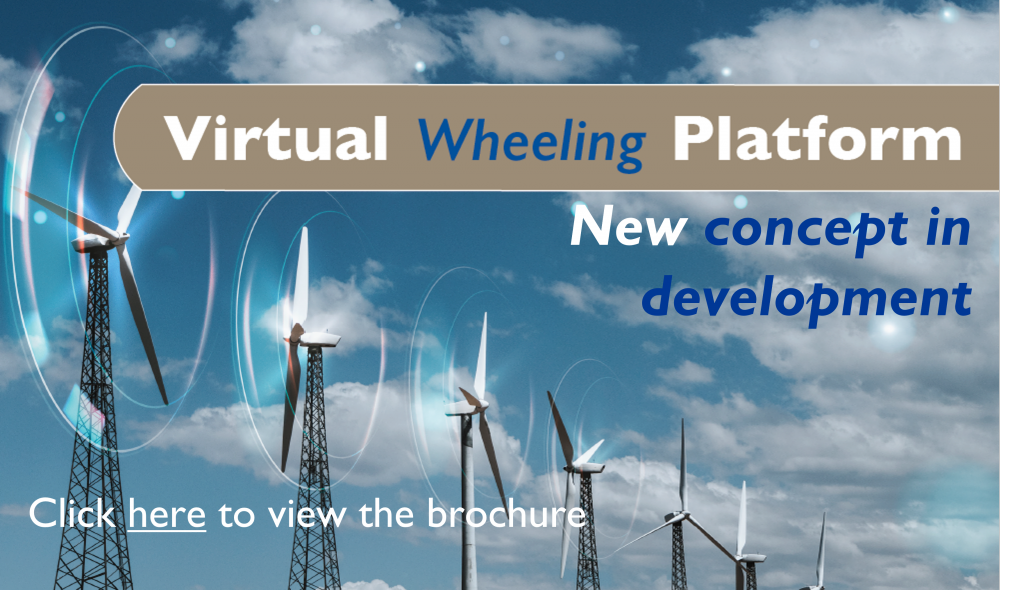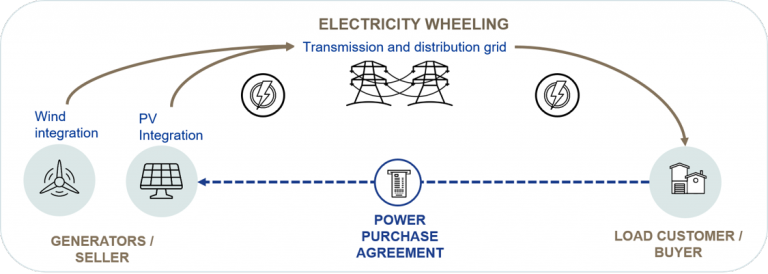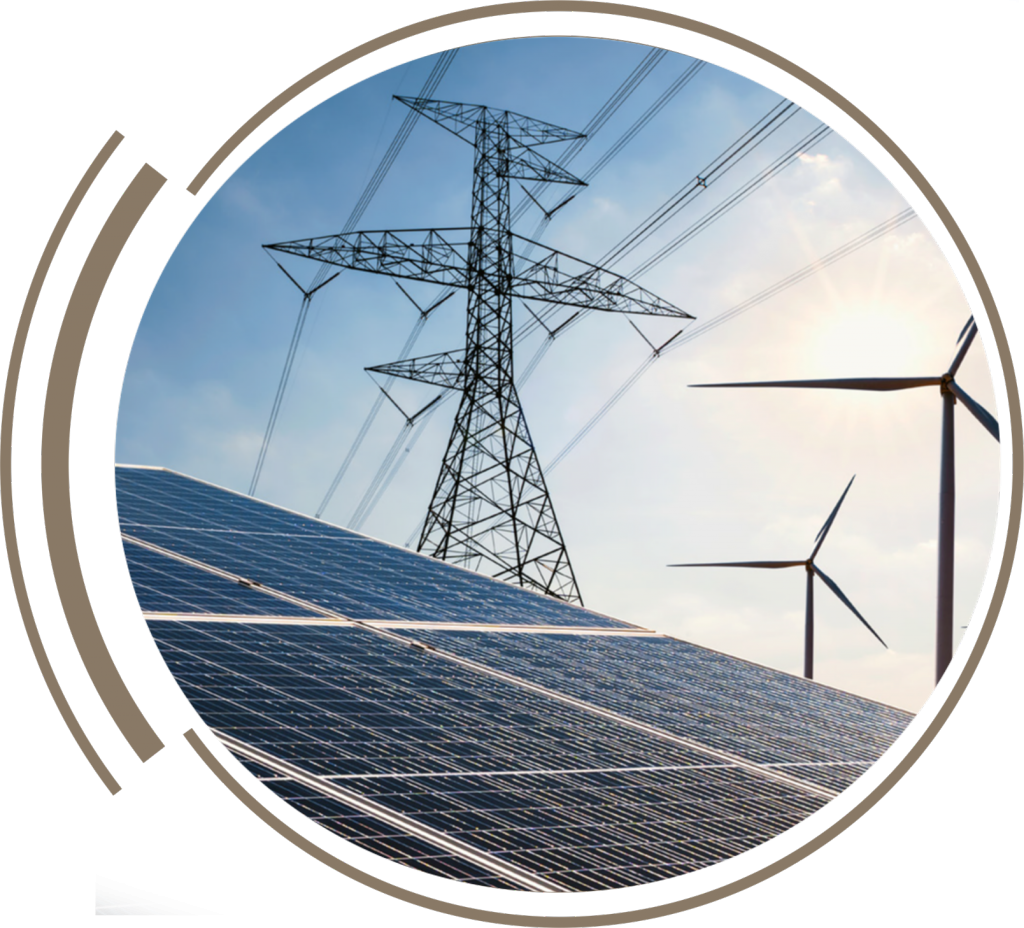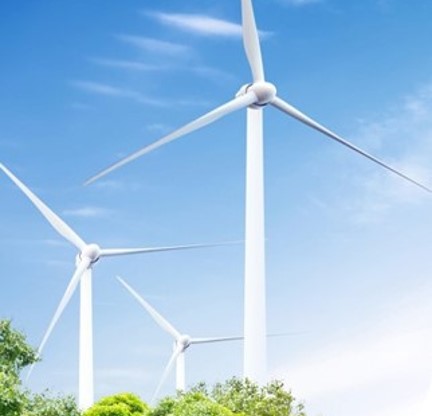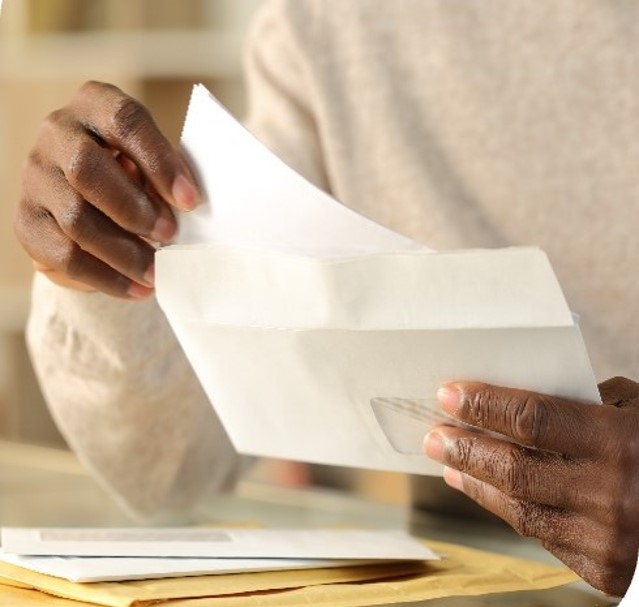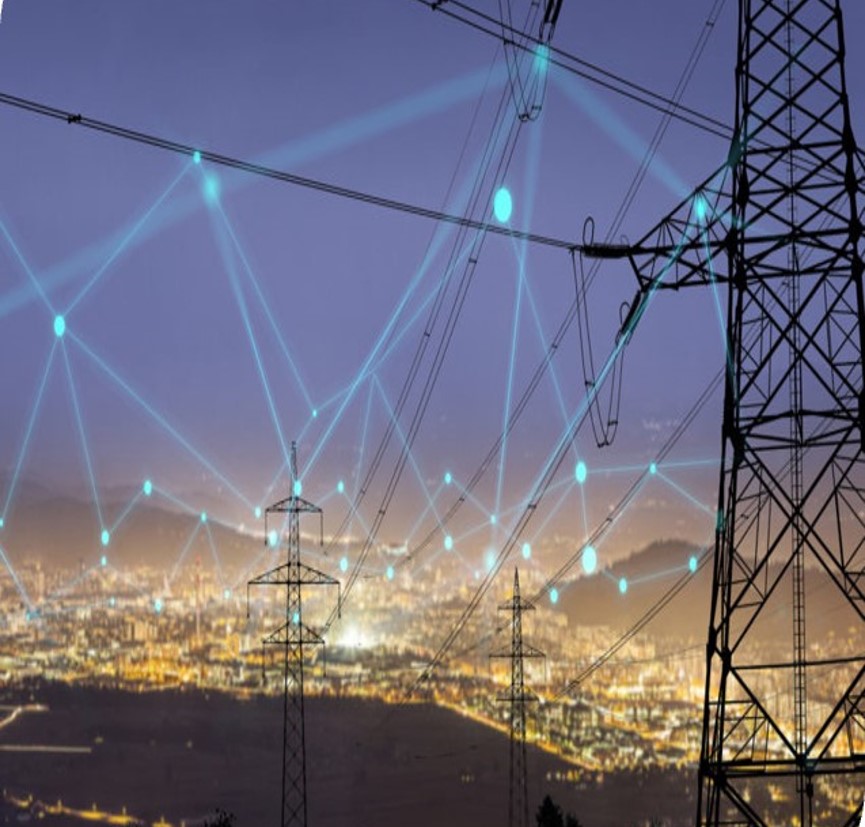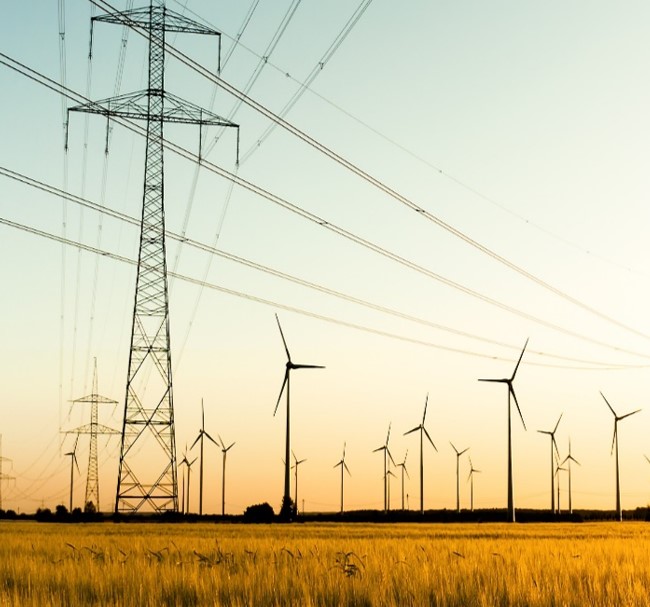
What you need to know about wheeling of electricity
What is wheeling?
Wheeling is the delivery of energy from a generator to an end-user located in another area through the use of an existing distribution or transmission networks. This may also be across multiple different distribution networks, such as through Eskom to a municipality. All customers therefore have energy wheeled to them, whether it’s supplied by Eskom or from a third party IPP. A simple example of wheeling could be an IPP solar farm based in the Northern Cape, selling its energy to a corporate company in Gauteng and the electricity is delivered using Eskom’s transmission network and the municipal distribution network.
Wheeling does not necessarily mean that the electrons entering the transmission network at point A will be used at point B – it’s rather the act of balancing the energy from the generator with the end user consumption within the time-of-use (TOU) period, thus wheeling is more of a financial transaction.
Why Wheeling?
Wheeling essentially allows privately generated power to be transmitted across the national grid to customers who want it, in a willing buyer/ willing seller model. This will facilitate renewables-based energy transmission from sites with good wind and solar radiation to corporate, industrial and residential customers whose locations may be less conducive to renewable energy production.
A number of the larger customers and metros have made commitments to be carbon neutral by 2030 or 2050 respectively, which would almost certainly require them to enable/encourage alternative sources of renewable electricity.
Additionally, wheeling provides a mechanism for utilities to recover the cost of maintaining the electricity network and administrative functions through the generator use of system charges. Rural and secondary local municipalities can have districts that are very expensive to supply (marginal cost of additional capacity) with grid electricity from Eskom injection points.
Why wheeling in South Africa
Wheeling of electricity is common practice globally, and Eskom has approved third party wheeling since 2008 for the physical export of energy onto the national grid by an Independent Power Producer (IPP), and this facilitates open network access. However, the current electricity constraint challenges and the recent amendment to South Africa’s Electricity Regulation Act, that raises the threshold for self- or distributed-generation power plants from 1MW to 100MW, has placed renewed focus on wheeling as a scalable solution for the surge in uptake of renewable energy to liberalize the electricity market.
In addition, as part of its Just Energy Transition (JET) programme Eskom is supporting the country’s decarbonisation efforts while at the same time strengthening the electricity grid in the Northern and Eastern Cape provinces, as a key enabler for the roll-out of new renewable capacity in these areas. The energy wheeling frameworks and tariffs are unlocking the potential for significant private sector investment in renewable energy generation by removing some of the geographical location-based limitations and addressing the customers’ commitments towards renewable energy consumption by 2030. Wheeling is already used successfully in a few local projects and there are wheeling frameworks already in place for various municipalities across the country.
According to the Electricity Regulation Act and NERSA’s Transmission Grid Code and Distribution Network Code, all customers (transmission and distribution connected generators and loads) are provided non-discriminatory access to the grid to allow for energy to be delivered or exported. However, third party wheeling of energy is currently subject to the buyer being connected on a medium-voltage (MV) or higher-voltage networks and being on a time-of-use (TOU) tariff. Here are additional requirements:
- All generators (private and public) must be licensed/registered to generate and supply the network with electricity. To ensure accelerated access to the open grid, Government has raised the threshold for private self- or distributed-generation power plants from 1MW to 100MW to only now having to be registered with NERSA, that is, not requiring a licence.
- The generator must apply to Eskom for grid connection and pay for a cost estimate letter to be issued, then if the project is to proceed to apply and pay for a budget quote and pay the connection charges quoted in the budget quote.
- The customer whose account(s) the energy will be wheeled to, must sign an amendment agreement to their Electricity Supply Agreement to have the account adjusted for the wheeled energy based on the Gen-wheeling tariffs.
- To be noted is that the Electricity Supply Agreement must also be in place and be based on a recent version. If this is not the case, a new Electricity Supply agreement would also have to be signed.
- The generator must to make the budget quote effective to proceed with the connection, sign the “connection and use-of-system agreement” and nominate the buyer(s) of the wheeled electricity in this agreement.
- The buyer(s) can be another Eskom customer, a municipality or a customer within a municipal network. The buyer(s) will be required to sign an amendment agreement and pay/update security deposits.
- If one of the parties buying the energy is located within municipal network, the municipality would be the party to sign the amendment agreement with Eskom (not the buyer) and have to agree to allow the wheeling transaction.
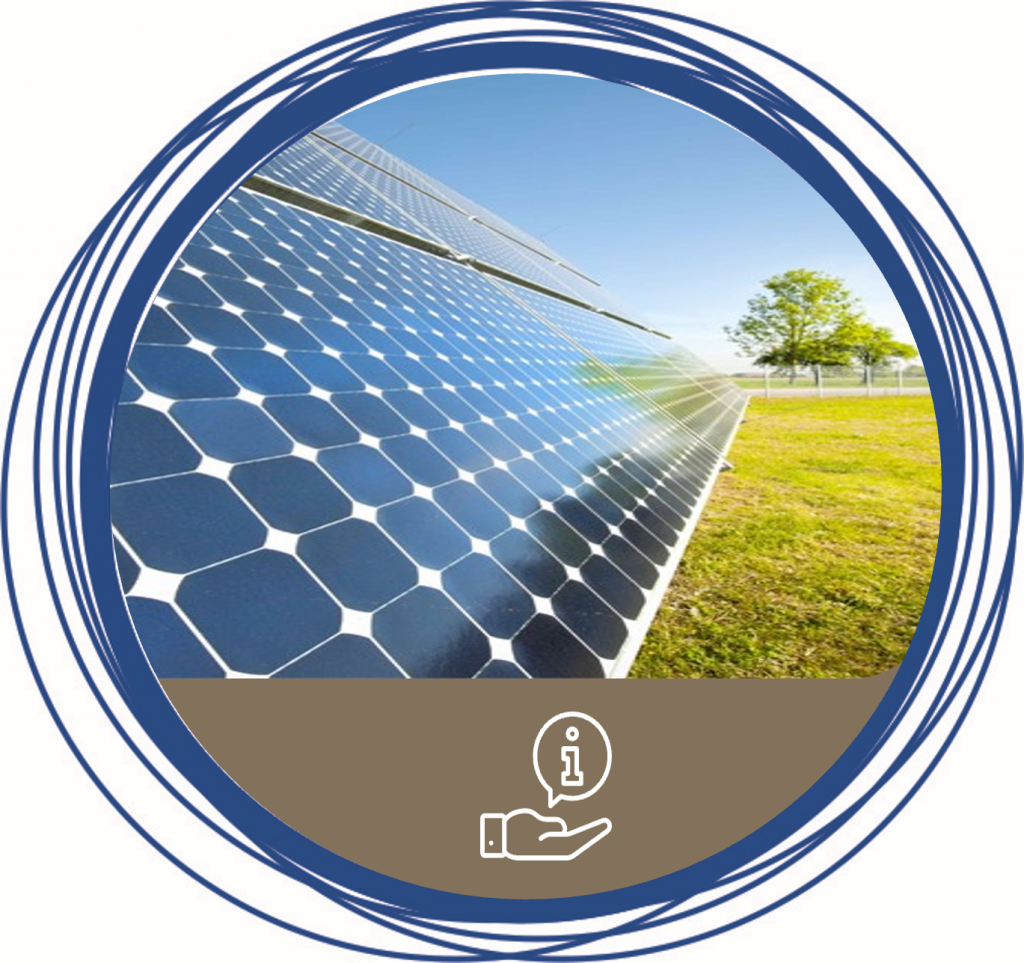
Please note that currently wheeling is not allowed for generators and load customers connected at low-voltage (<1 kV), but this option is being investigated.
Contractual agreements involved in Eskom wheeling
Contractual agreements involved in Eskom and Municipality wheeling
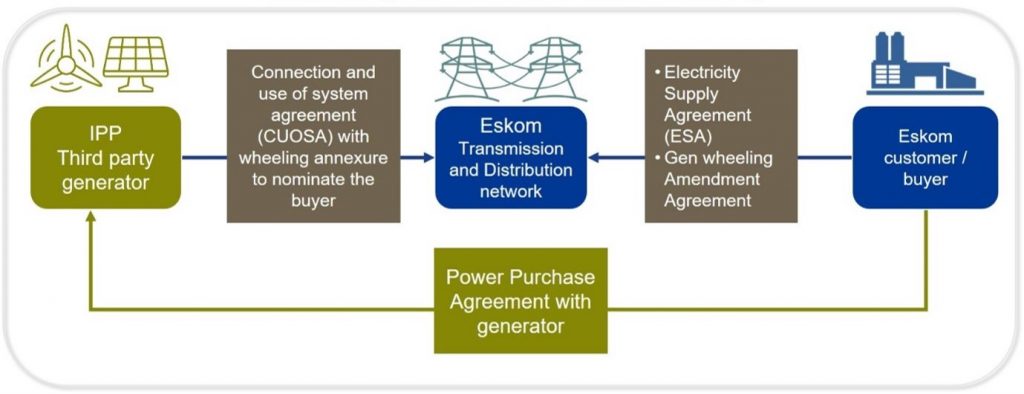
Figure 1: The contractual agreements between a third party generator and Eskom as the distributor and buyer of the energy
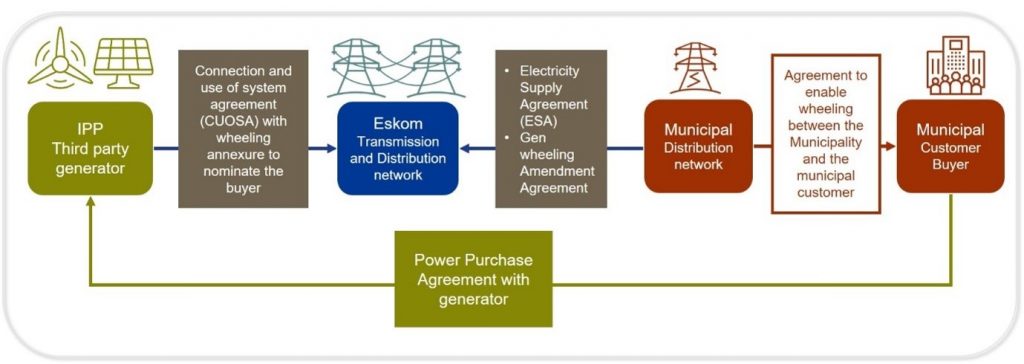
Figure 2: Contractual agreements between the third party generator and Eskom and a municipality as the distributors and the buyers of the energy.
Generator checklist and applicable charges:
- The generator must have a compliant connection to the grid
- The generator must be connected t
- o an Eskom grid
- The generator will pay use of system charges for energy exported under the Gen DUOS or Gen TUOS ( Generator distribution/transmission use of system) tariff approved by NERSA
- Generators can nominate more than one buyer (subject to the required agreements being in place), but Eskom may reserve the right to limit the numbers
- The energy exported by the generator (“the wheeled energy”) is then allocated to the buyer to be credited on the buyer’s account based on the generator’s nomination, on a TOU basis consolidated at the end of the month per TOU period.
- An additional admin charge is raised to the generator cover the cost of allocating the energy to the buyer
- Eskom does not get involved in the power purchase agreement between buyer and seller.
- Eskom also does not provide any deemed energy payments to the generator for network or system unavailability, but if there are network constraints on the buyers’ side banking (carry-over of energy month to month) may be allowed on a case by case basis. Eskom contracts only with the Eskom customers (generators and buyers), and not with a trader.
Buyer or load customer checklist and applicable charges:
- Full tariff charges are payable for all energy through the Eskom meter
- The customer must be on a TOU tariff
- In order to enable wheeling, an amendment agreement must be in place
- A separate service agreement is raised on the customer’s account to subtract the wheeled energy at an energy rate excluding losses under the Gen-wheeling tariff approved by NERSA. This is implemented via the billing system where the customer still receives his/her bill for 100% of the consumption but then an additional bill is raised with the credit of the wheeled energy based on the TOU energy charge less the energy losses
- Energy is credited in the same TOU periods as what is generated e.g. there is no swopping of energy produced in standard periods for energy consumed in off-peak periods.
- An administration charge is also raised on the Gen-wheeling tariff for the cost of administration of the wheeled energy
- Customers that receive wheeled energy from private generators are not exempted from load-shedding as load shedding is a system requirement for all participants in the industry.
Wheeling charges are standard tariff charges raised to all parties that use the grid. The use-of-system, are unbundled tariff structures and rates that recover the costs associated with the delivery of energy and making capacity available on an electricity network. These are payable by generators and load customers for all wheeling/delivery of energy. In addition, connection charges are raised and are recovered upfront for connection costs not recovered through use-of-system charges.
There is a misconception that wheeling charges are additional charges, which is not the case, since all customers whether buying from Eskom or from private generators will pay the same “wheeling charges” whether supplied by Eskom or through bilateral trade. The only additional charge is the administration charge to facilitate the wheeling transaction.
Click here for the Wheeling modelling tool.
Schedule of Standard price per tariff
Click here for the Gen off-set schedule.
Click here for the Gen purchase schedule.
Click here for the Gen wheeling schedule.
Click here for the Transmission use of system schedule.
Click here for the Distribution use of system schedule.
Click here for the Megaflex Gen schedule.
Click here for the Ruraflex Gen schedule.

The ERA1 establishes a national regulatory framework for the electricity supply industry. The objectives of this Act which are applicable to wheeling are:
- facilitate investment in the electricity supply industry;
- to promote the use of diverse energy or energy efficiency
- to promote competitiveness and customer/end-user choice
- to facilitate a fair balance between the interests of customers and end users, licensees, investors in the electricity supply industry and the public.
Further policy instruments that address wheeling are:
- The Regulatory rules on network charges for Third Party Transportation of Energy2. These clearly articulate the objective of non-discriminatory grid access: “Any load customer shall be free to go into bilateral arrangements with any third-party generator, i.e. a non-municipal and non-Eskom generator” (clause 6.7).
- The Grid Code3, section 4.2.1 (1) states: “The Distributor shall make capacity available on its networks and provide open, non-discriminatory access for the use of this capacity to all South African customers (loads), and Embedded Generators. In exchange for this service, the Distributor is entitled to a fair compensation through electricity tariffs.”
- The Electricity Pricing Policy (EPP) 4, clause 2.6 states: “Network (transmission and distribution) owners have an obligation to allow customers access to and use of their networks, provided that the customers are not in arrears in paying all the relevant charges as approved by NERSA from time to time and that such access would not violate any technical and safety requirements as set out in the relevant grid code license conditions and tariff schedules.

